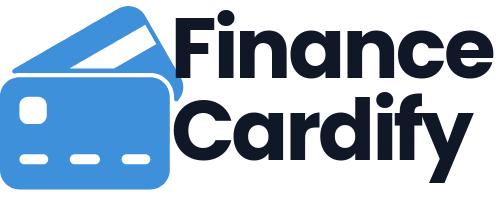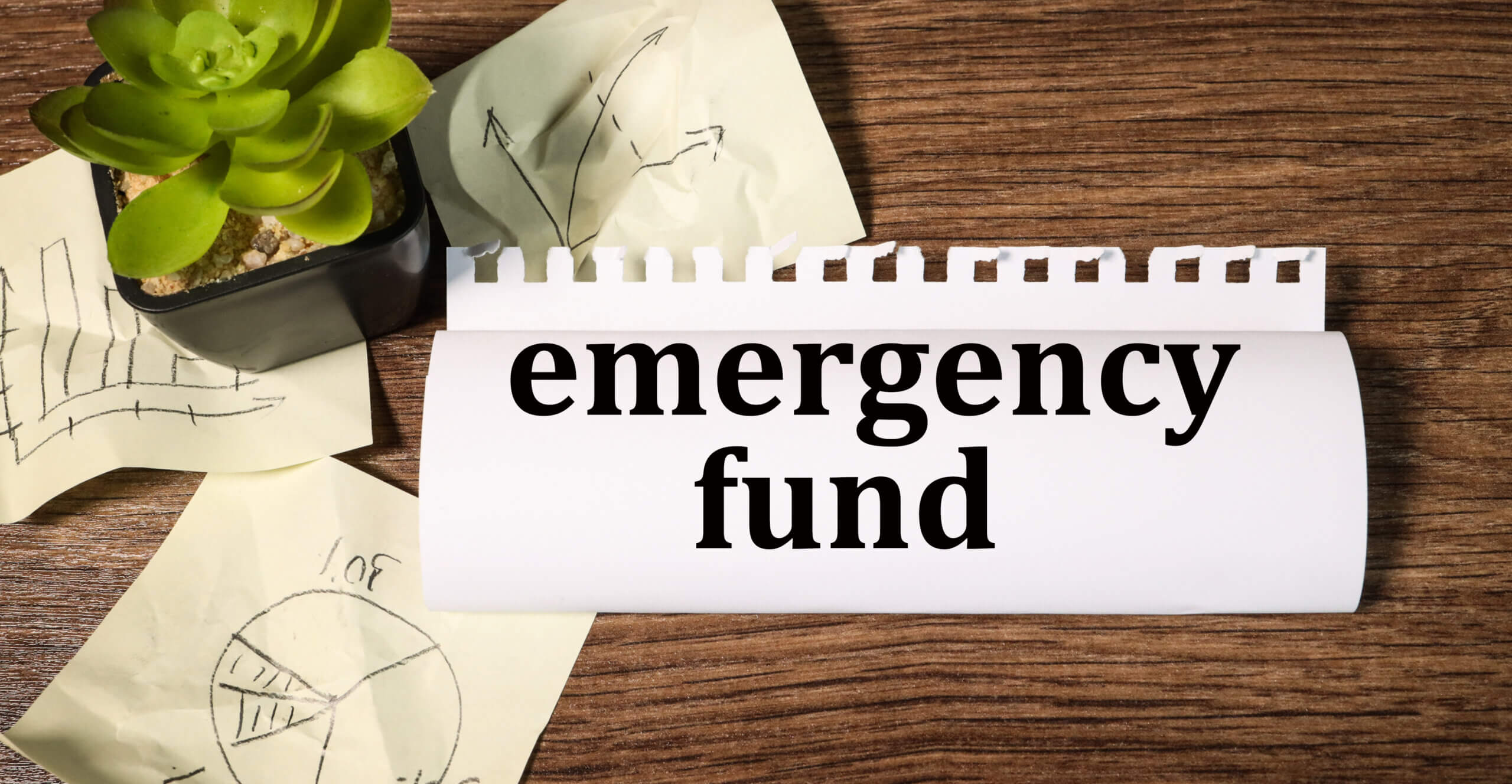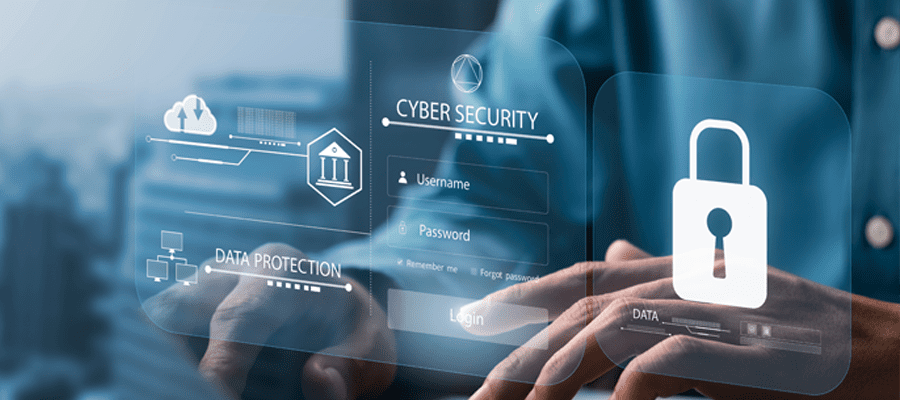In a world that constantly throws curveballs—a sudden car repair, an unexpected medical bill, or even job loss—financial resilience is non-negotiable. The bedrock of this resilience is the emergency fund. Far more than just a savings account, it’s a financial safety net, a buffer that prevents a temporary setback from spiraling into a long-term disaster, debt, or the need to liquidate investments at a loss.
Unfortunately, many people view building an emergency fund as a monumental, overwhelming task, often requiring six to twelve months of living expenses. This perception leads to procrastination, a feeling that if you can’t save $10,000 immediately, why bother starting?
The truth is, you don’t need to start big. The most effective strategy is to Start Small and Stay Safe. This detailed guide provides a practical, actionable blueprint for rapidly building your financial shield, moving from the first $500 to a fully funded reserve without resorting to risky, “get-rich-quick” schemes that violate financial best practices.
Phase 1: The Starter Kit – Your $500 ‘Mini-Fund’
The first and most critical goal is the “Mini-Fund.” This small, achievable target provides immediate protection and a massive psychological victory. A $500 buffer is often enough to cover a minor deductible, a small emergency vet bill, or a few weeks of unexpected higher utility costs.
1. The Immediate Freeze (24 Hours)
- Audit Your Spending: Open your banking app and look at the last 30 days. Identify one non-essential category where you can immediately pull back. This isn’t a permanent cut—it’s a temporary freeze. Common targets include:
- Eating out/Delivery services.
- Subscriptions (Streaming, meal boxes, gym memberships you rarely use).
- Unnecessary impulse purchases (Clothes, gadgets).
- Actionable Step: Commit to a 7-day “No-Spend” challenge on your chosen category. Transfer the expected savings directly into a new savings account today.
2. Unlock Hidden Cash (1 Week)
- The “Junk Drawer” Method: Physically find cash you forgot about. Check old coat pockets, car consoles, wallets, and under sofa cushions. Every dollar counts.
- The “Selling for Safety” Sprint: Identify three items in your home that are in good condition but you haven’t used in six months (e.g., an old gaming console, high-end clothing, excess furniture). List them for sale immediately on a local marketplace app (e.g., Facebook Marketplace, Craigslist). Price them to sell fast—aim for 50-70% of the original cost. All proceeds go straight to the fund.
3. Automate the Small Stuff (Ongoing)
- Micro-Saving/Round-Ups: Use your bank’s or an external app’s “round-up” feature, which automatically sweeps spare change from your debit card purchases into your savings. While small, this builds momentum effortlessly.
- Direct Deposit Split: If you receive a paycheck via direct deposit, instruct your employer to send a specific, small amount (e.g., $25 or $50) directly into the emergency fund account before it hits your primary checking account. You won’t miss what you never see.
Phase 2: Building Momentum – The 1-Month Cushion
Once you hit the $500 mark, you have established a habit and gained confidence. The next goal is to save enough to cover one month of essential living expenses (rent/mortgage, minimum debt payments, utilities, and groceries). This is often $1,500 to $3,000, depending on your location.
1. The ‘Essential Living Expenses’ Calculation
- Know Your Number: You cannot hit a target you haven’t defined. Calculate your essential monthly number.$$E = R + M + U + G$$Where:$E$ = Essential Expenses, $R$ = Rent/Mortgage, $M$ = Minimum Debt Payments, $U$ = Utilities, $G$ = Groceries.
- Create a Dedicated Account: The fund must be separated from your daily checking account. Open a high-yield savings account (HYSA). The slight interest boost helps, but more importantly, the funds are out of sight, out of mind, making them harder to accidentally spend.
2. Strategic “Money Finds” (Increase Income)
- Monetize a Skill/Hobby (The Side Gig Starter): Dedicate 5-10 hours over the next month to a temporary side income source. This could be dog-walking, freelance writing, babysitting, tutoring, or offering handyman services. Crucially, dedicate 100% of this extra income to the emergency fund. This accelerates your savings dramatically.
- Re-Evaluate Recurring Costs: Go beyond the immediate freeze and look for permanent cuts:
- Call your utility and insurance providers to inquire about lower rates or better plans.
- Refinance high-interest debt (if applicable) to free up cash flow.
- Negotiate down any remaining subscription costs or switch to a free alternative.
3. Leveraging Windfalls
- The 100% Rule: Commit that any unexpected cash influx—work bonuses, tax refunds, birthday money, or commission checks—will be allocated 100% to the emergency fund until your goal is met. This is often the single fastest way to leapfrog towards a fully funded account.
Phase 3: The Complete Shield – The 3-6 Month Goal
With a month’s cushion, you are protected from most minor emergencies. The final, long-term goal is 3-6 months of essential expenses. This range is the industry standard:
- 3 Months: Suitable for dual-income households with stable jobs.
- 6 Months: Ideal for single-income households, those with volatile income (commission/gig work), or those in recession-vulnerable industries.
1. Mindset and Placement
- Keep it Liquid: The emergency fund must be liquid (easily and quickly accessible). Keep it in the HYSA. Do not invest emergency money in the stock market, real estate, or other volatile assets. The risk of the market being down when you need the cash is too great.
- The “Cost of Comfort”: Frame the interest you are not earning by keeping the money safe as the “cost of comfort”—the price you pay for peace of mind, which is priceless in a crisis.
2. The Debt Interplay
- A Balanced Approach: If you have high-interest, non-mortgage debt (like credit cards with 18%+ APR), a solid strategy is to hit your 1-month cushion, then pause your emergency fund savings and aggressively pay down the high-interest debt. Once that debt is cleared, redirect those hefty monthly minimum payments back into the emergency fund to quickly reach the 6-month goal. This hybrid approach saves you more money in the long run than keeping the debt while saving.
3. Monitoring and Maintenance
- Review Quarterly: Once the fund is fully established, check on it quarterly. Has your essential spending changed (e.g., moved to a new place, added a dependent)? Adjust the goal amount accordingly.
- Replenish Immediately: If you use the fund, treat the replenishment like a debt payment. Prioritize rebuilding the fund back to its full amount as quickly as possible.
Conclusion: Safety Isn’t a Luxury, It’s a Necessity
Building an emergency fund is not an all-or-nothing proposition. By adopting the “Start Small, Stay Safe” approach, you dismantle the psychological barriers and harness the power of momentum. Start with a $500 Mini-Fund this week. Celebrate that win. Then, use automation, strategic cuts, and extra income to snowball your way to a complete 6-month financial shield.
This fund is your declaration of financial independence—a tool that empowers you to weather any storm without compromising your future, sacrificing your long-term goals, or falling into the corrosive trap of high-interest debt. The time to start is now.
Disclaimer: This article provides general financial education. Consult a certified financial advisor for personalized advice regarding your specific situation.





